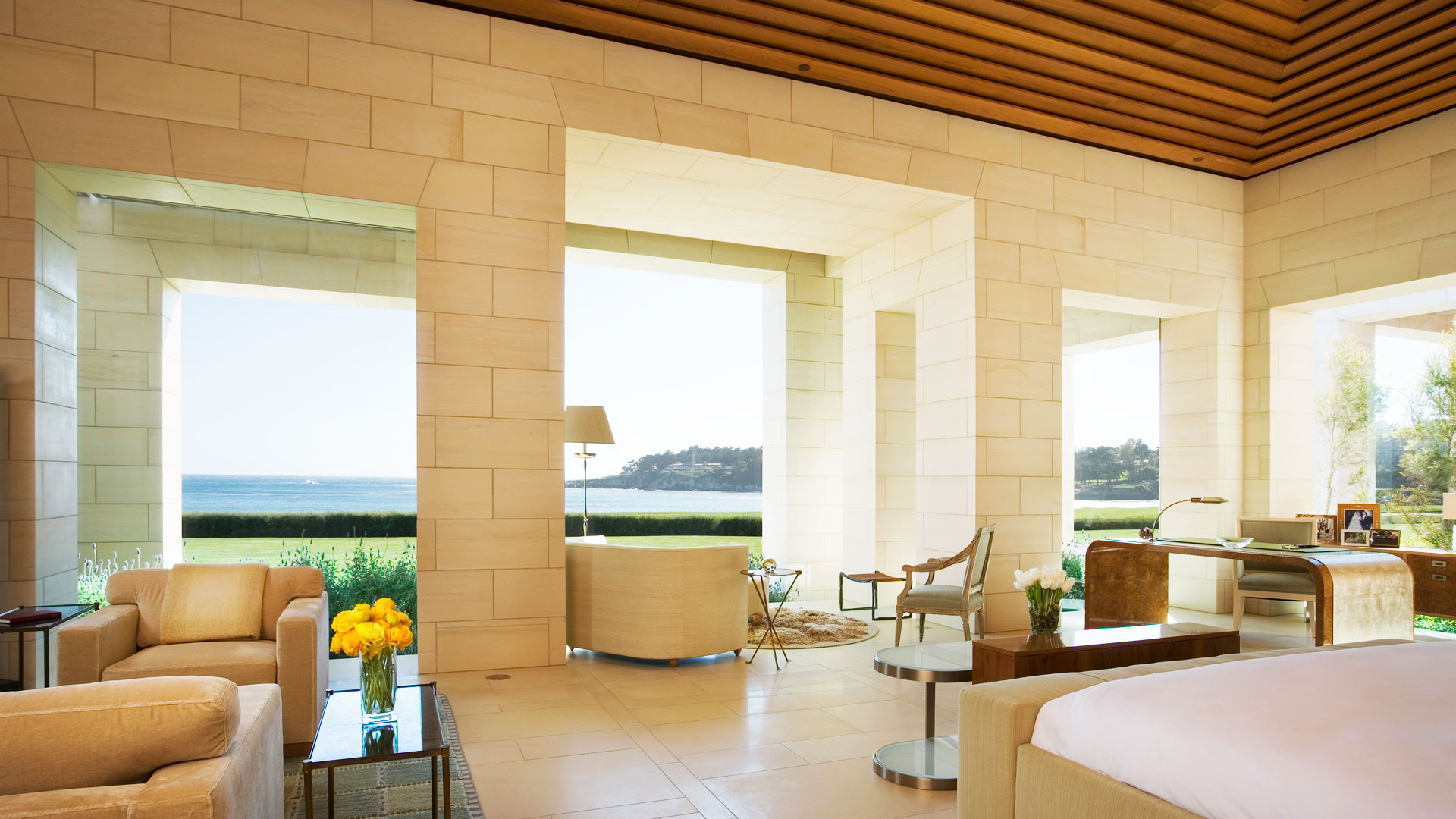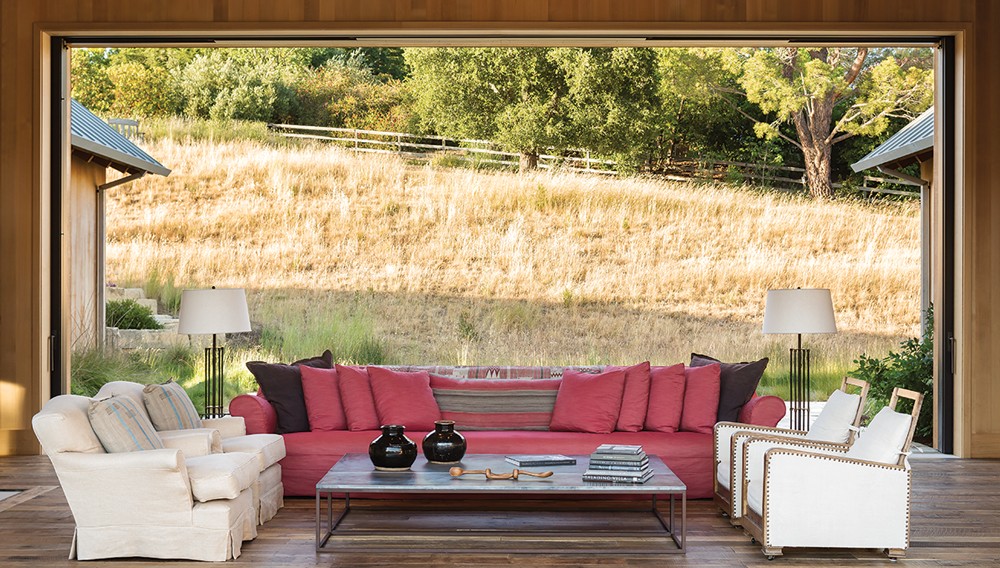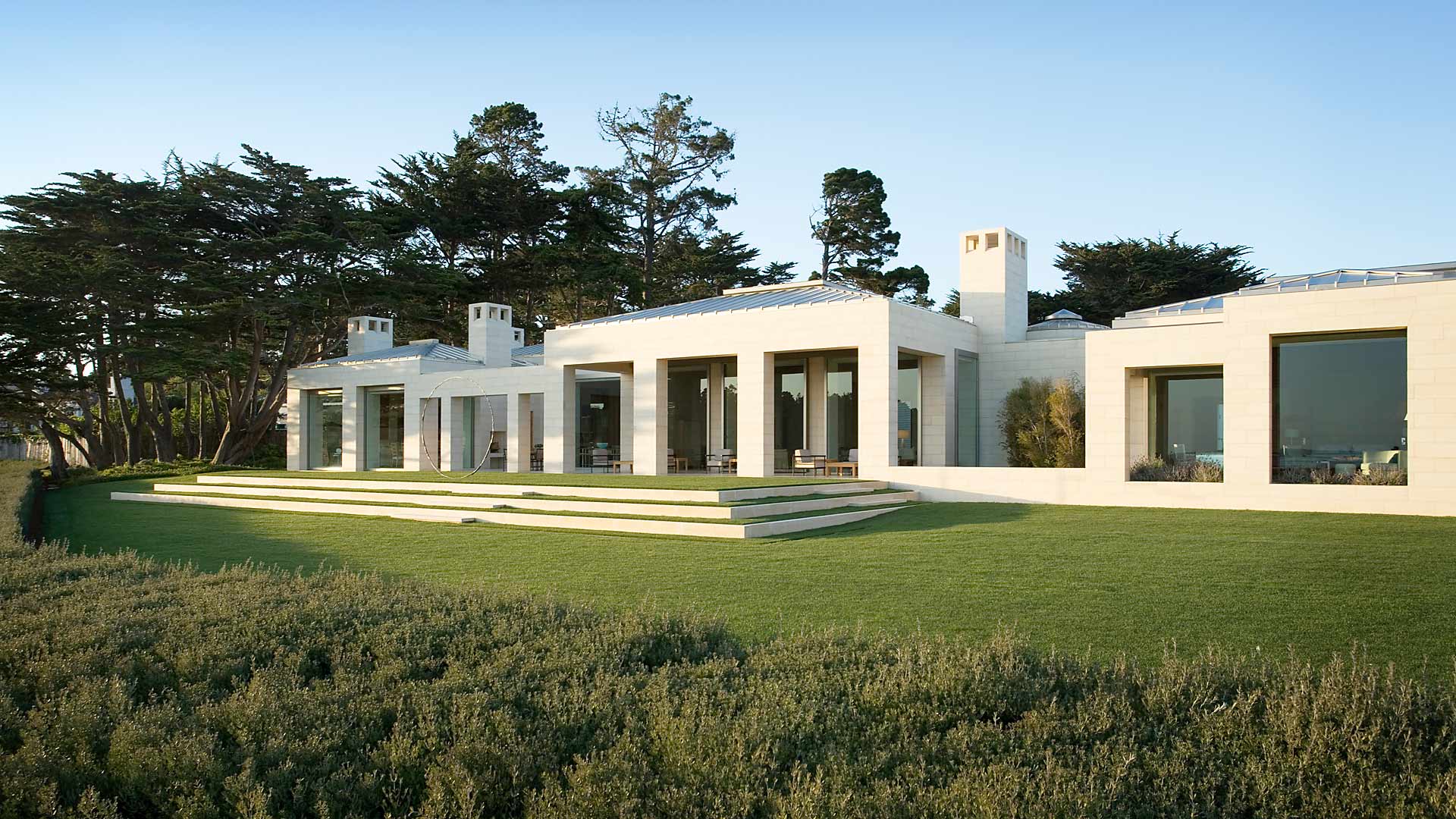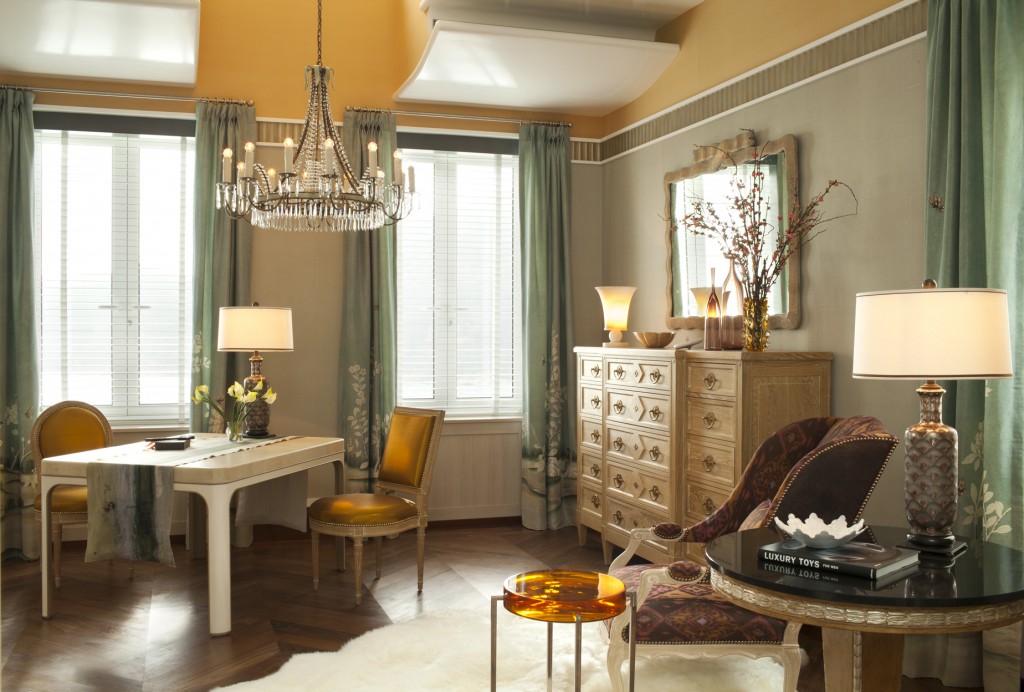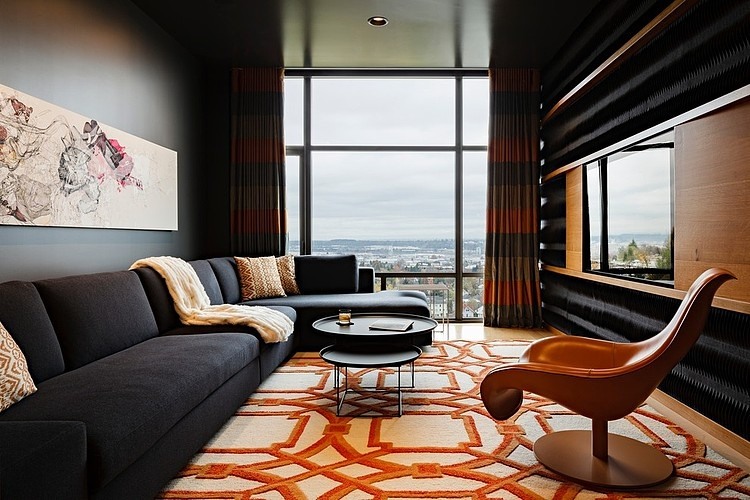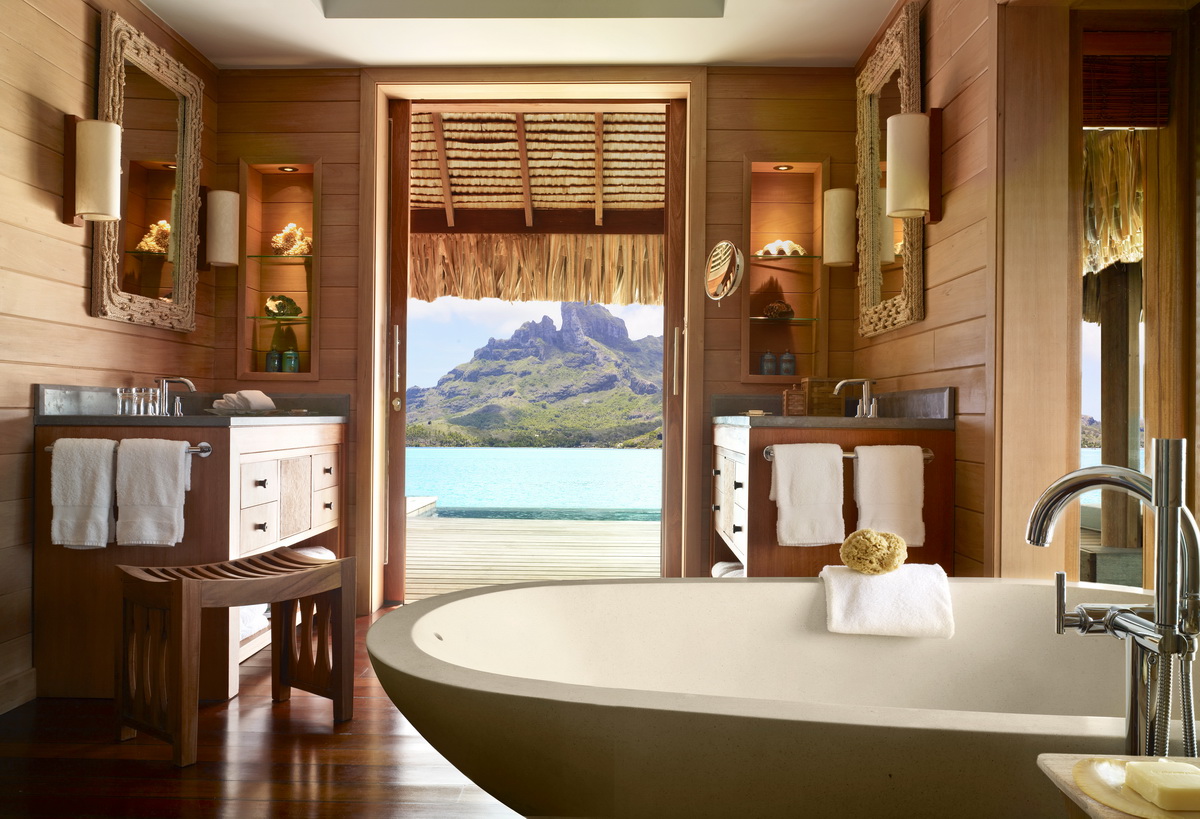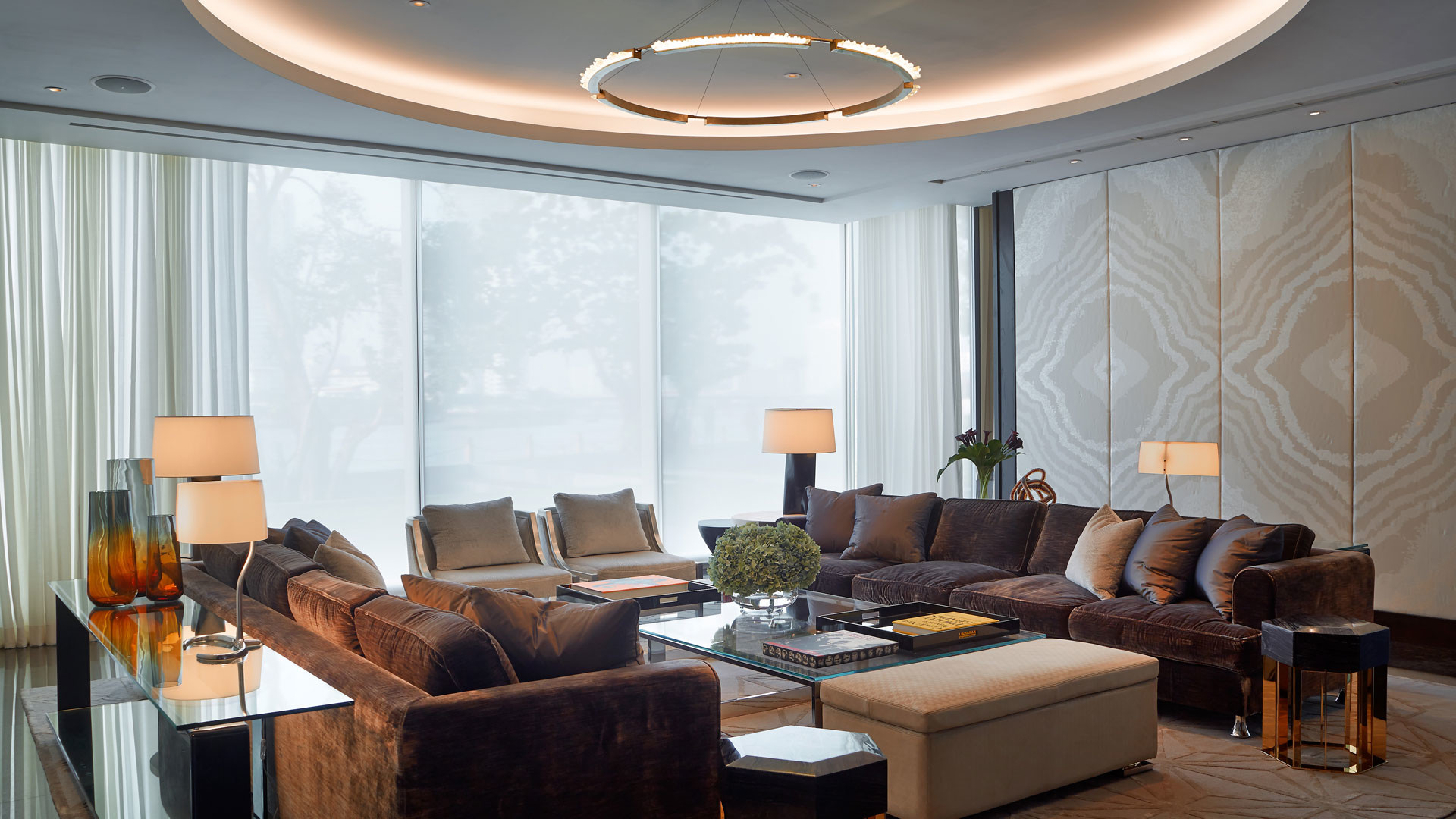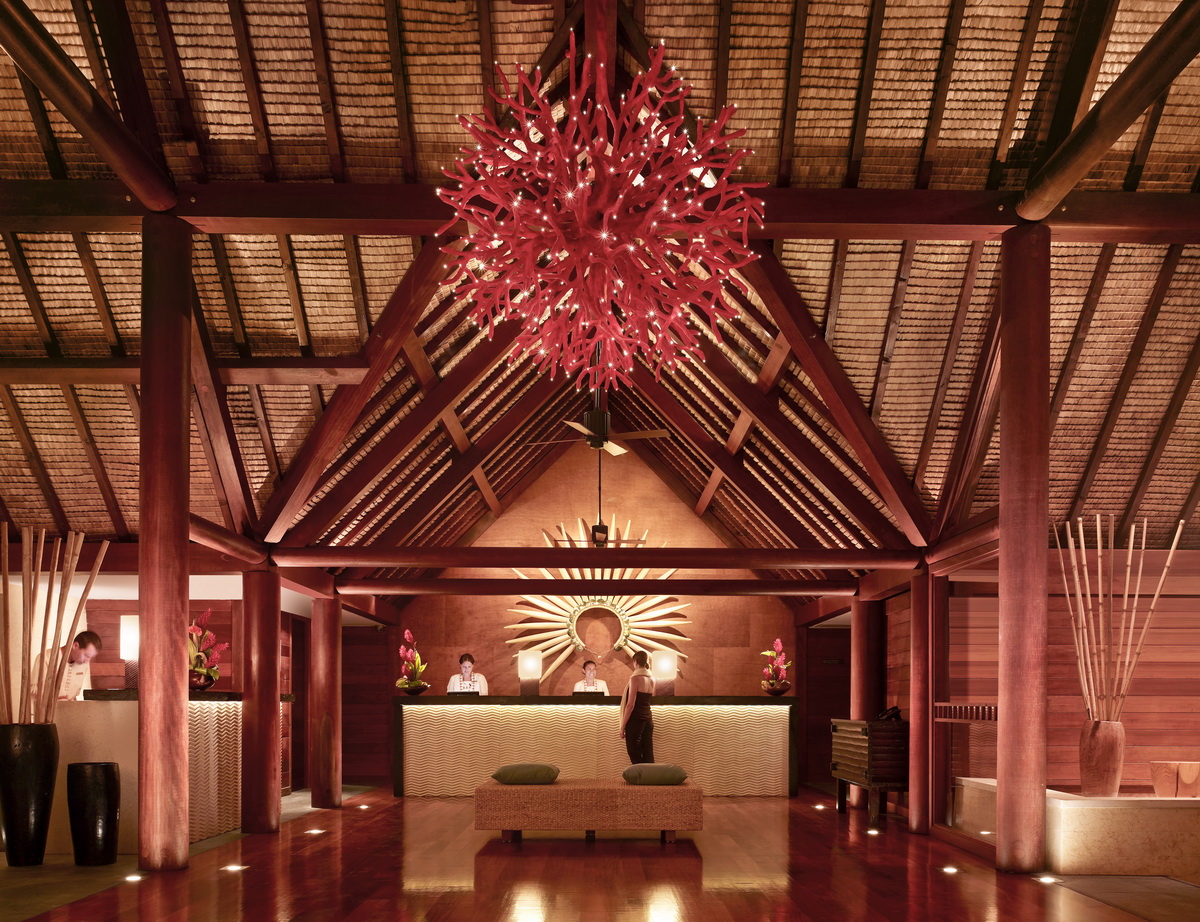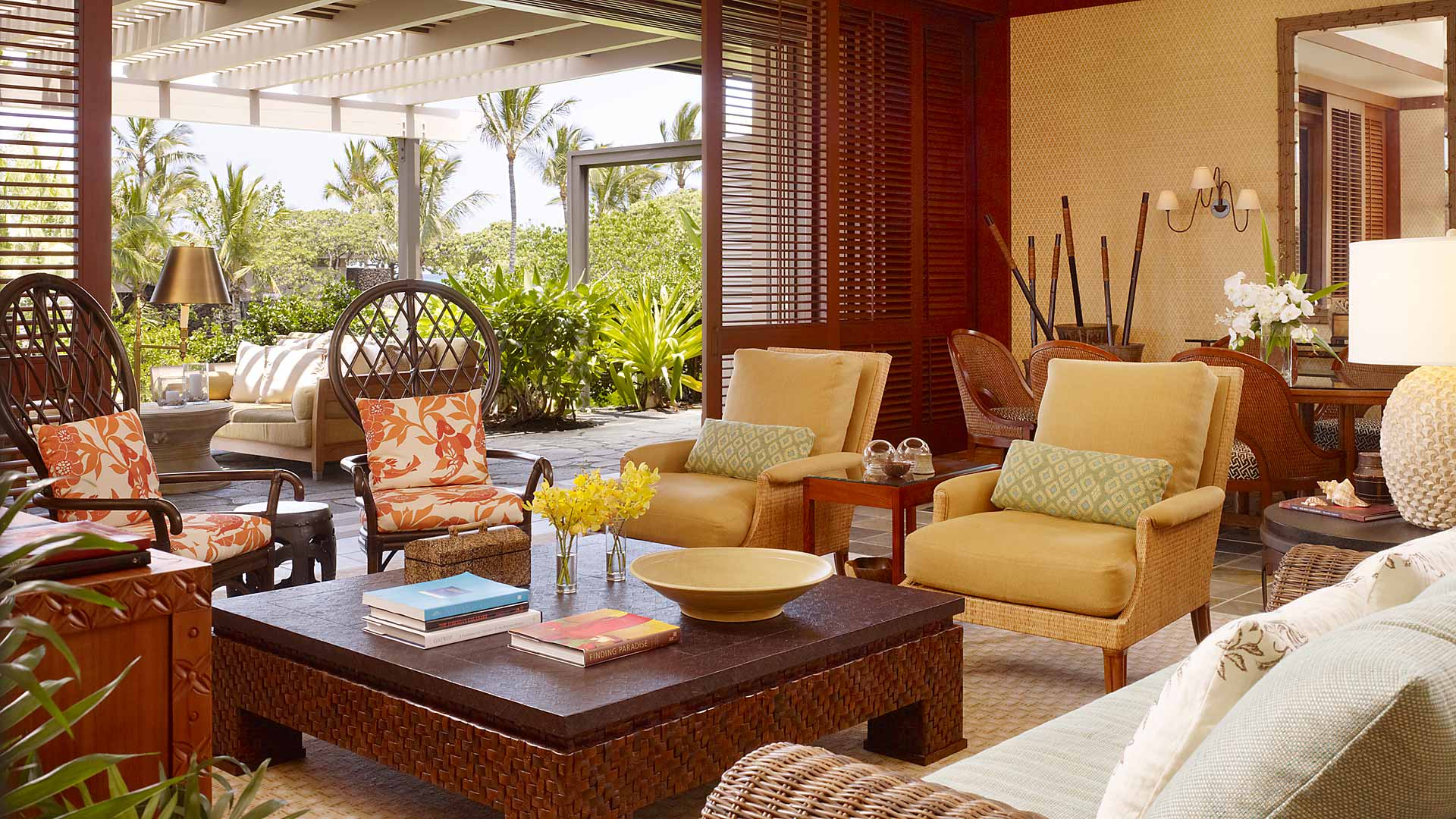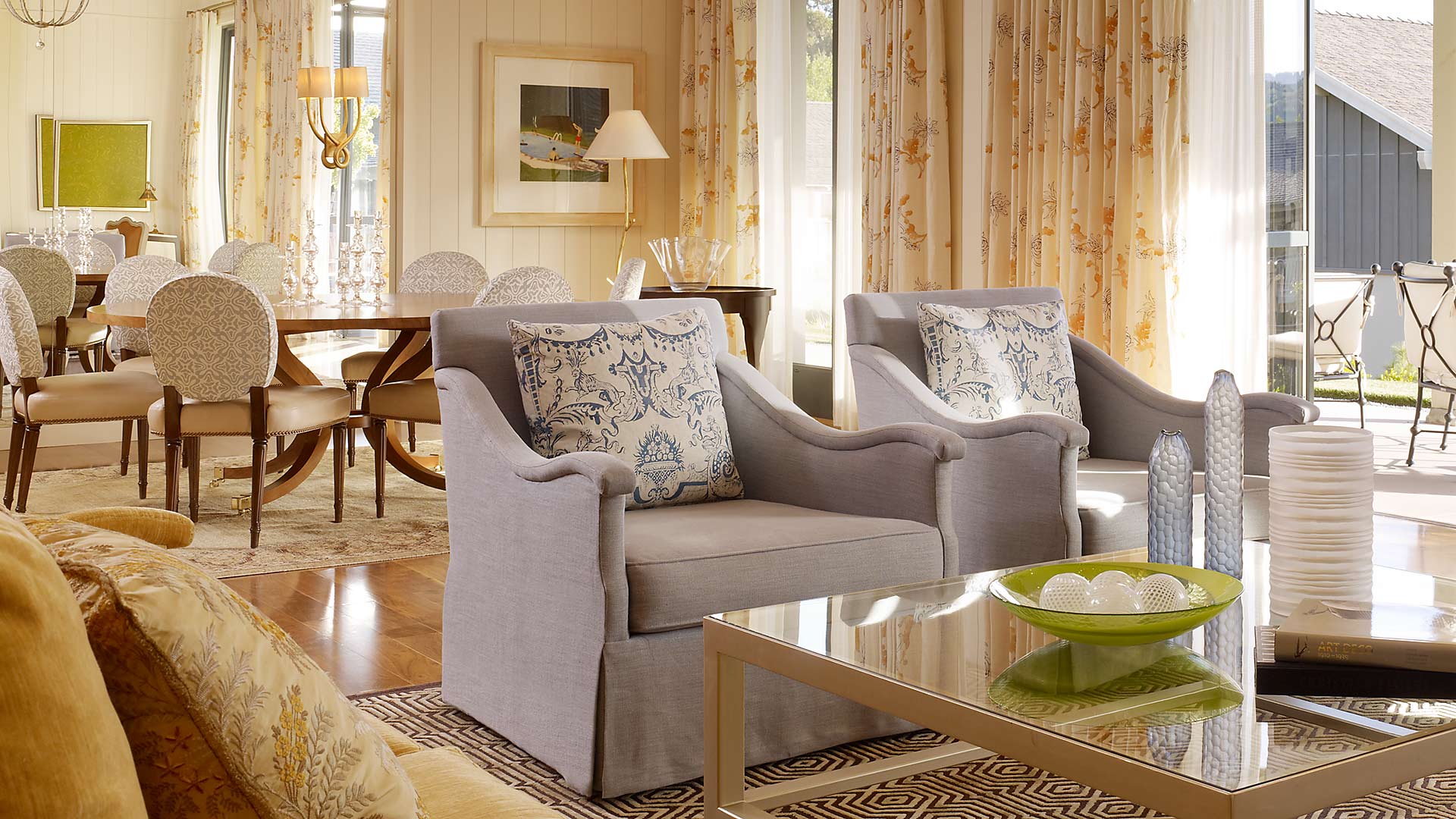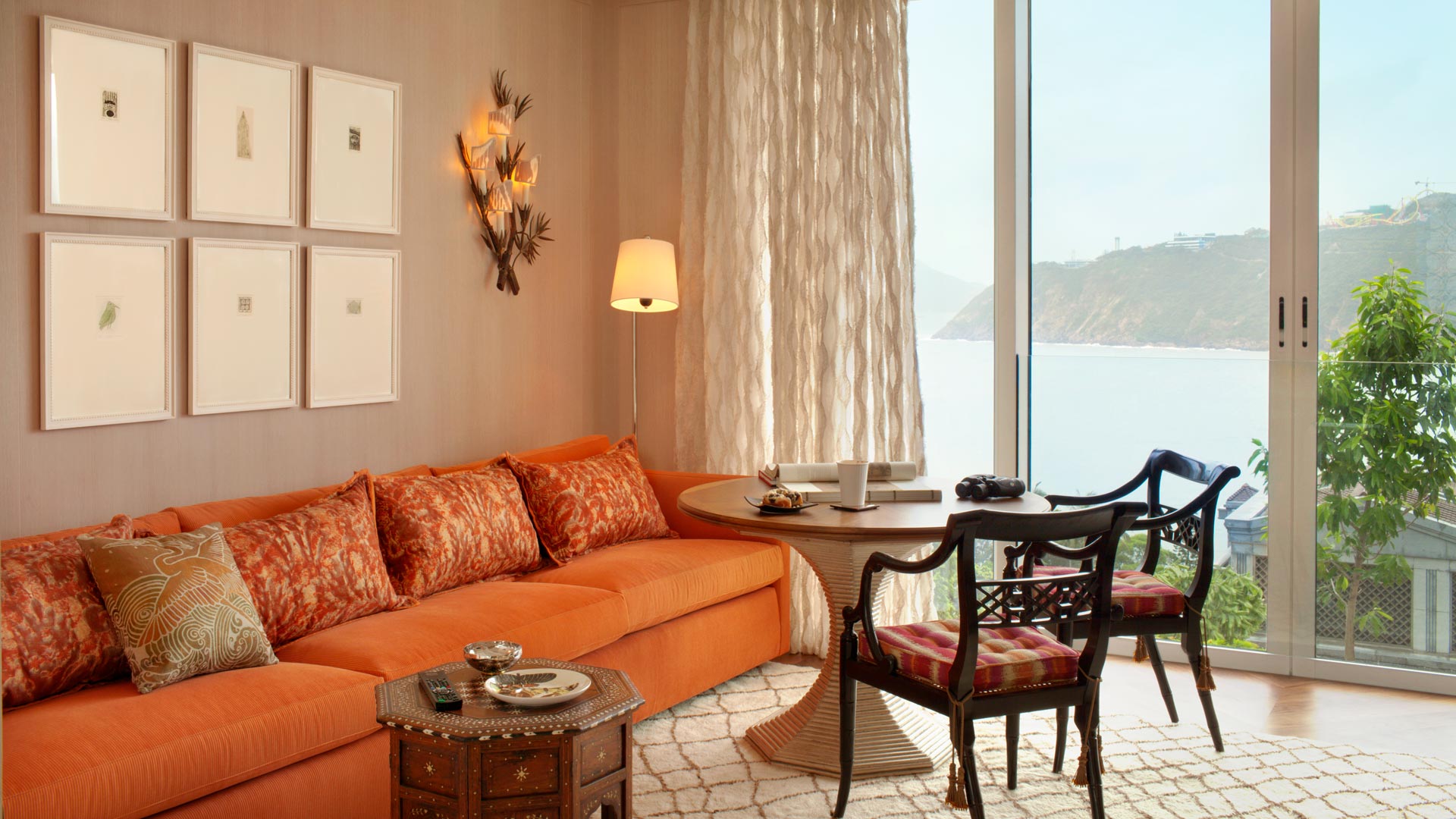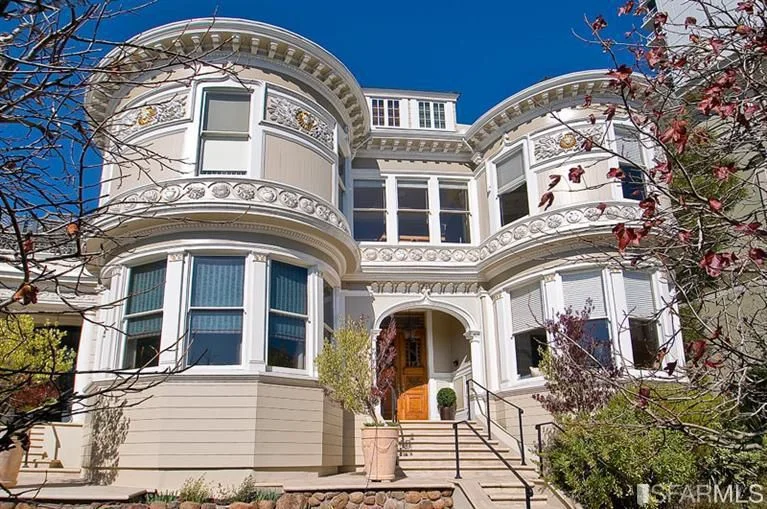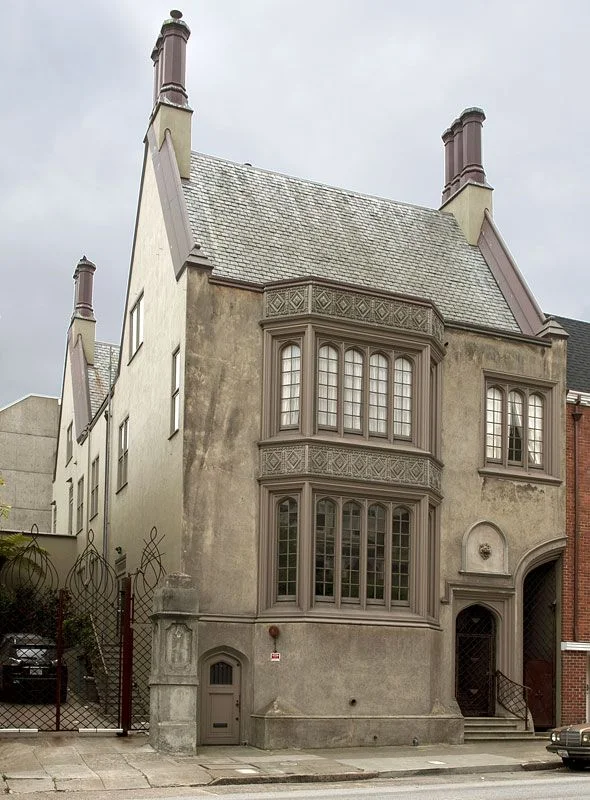BAMO - Residential & Hospitality Design
/The timeless elegance and sophistication of BAMO
In 1991 BAMO was born. Initially working together at Charles Pfister's eponymous San Francisco design firm, Pamela Babey, Michael Booth, Gerry Jue, and David Moulton set out to carry on the principles of Pfister’s firm as a foundation to explore their collective talents and create the BAMO alchemy of quality, service and attention-to-detail. With the addition of principals Dorothy Greene and Steve Henry, the firm has built a reputation that solicits calls from the hospitality world’s top tier as well as the world’s most discerning residential clientele. To experience a BAMO project is to admire a work of art – one that defies fads with timeless elegance, formulas with inventive design, and everyday life with the sophistication of true luxury.
CaenLucier had the opportunity to sit down with these San Francisco design luminaries to offer our readers an opportunity to hear the dialogue inside the heart and soul of BAMO. Enjoy the read!
BAMO - Gerry jue, dorothy greene, michael booth, steve henry, and pamela babey
CaenLucier: When BAMO formed in the early 1990s, what design principles were brought along from the team’s prior work with Charles Pfister? Do any of those design maxims remain today?
Michael Booth: Yes, those maxims still resonate today. You need to watch the Charles Pfister video on YouTube. Pamela, Gerry and a little bit of me are interviewed extensively about Charles personally and his firm. You’ll learn all you need to know about the roots of that office. That said, we have moved on with our own identity and the Pfister legacy is part of our history.
Gerry Jue: We brought many design values with us from the Pfister office: e.g. a strict attention to detail, the importance of lighting, and clarity of color. But we also felt that the new firm was, and still is, our opportunity to explore new ideas and new ways of achieving them.
CL: How have you seen the interior design profession change over the last 25 years?
MB: That’s a big question. Biggest for me is the level of sophistication and “worldliness” of our core client base which has grown dramatically.
Dorothy Greene: Maybe as a result of this, we’ve seen a gradual change from illustrating or presenting a design to the client, to a more immersive process of narrating the full story of the design – from context and inspiration through to the resulting design concept.
GJ: The way designs are generated, studied and presented has changed drastically. Twenty five years ago everyone from partner to intern communicated about design through drawing - it was the common language regardless of age. And drawings, along with physical models, were how we presented a design. Since then, technology has really changed everything - from how we work inside the office to how clients expect design work to be presented, to how much financial resources are needed to service that technology. And all of that in half the time we used to have!
"A true collaboration and open sharing of ideas between the architect and interior designer will create the most seamless and successful projects."
CL: Working on hospitality projects all over the globe, how do you best succeed with different cultural business practices and construction work ethics?
DG: That’s a great question. Each country has its own cultural communication and construction process, and conducting work in, for instance, Brazil is a much different process than working in a country like Japan. The key is to listen, observe, and adapt. The goal is always the same – to have a successful project for everyone involved – and we realize that the road to reaching that goal may not be the same for each project.
CL: You have had a client in Japan for over 25 years. What benefits and challenges, if any, does such a lengthy relationship offer?
GJ: The benefits come from knowing each other so well; the challenges come from knowing each other so well, too. We're like an old married couple! It's a constant struggle to keep the relationship - and the work - from getting stale and predictable. Sometimes we have to push hard to get new and innovative ideas approved. Through it all, however, the trust and respect we have for each other comes through in the finished work.
CL: When you dance the perfect dance with an architect during the design process, what does it look like?
MB: A beautiful marriage between inside and outside that one would never know or appreciate until you see it finished.
DG: A true collaboration and open sharing of ideas between the architect and interior designer will create the most seamless and successful projects.
CL: LEED certification receives a tremendous amount of attention these days. You were involved in a “ground up” residential project in Portola Valley recently. What was that experience like?
MB: It was one of the most valuable and interesting later-life learning experiences I’ve had. It was a truly “hands on” learning process about sustainability and the holistic nature of the building, occupants and community beyond. For me sustainability is about responsibility.
CL: Does BAMO have a signature look in the hospitality world?
MB: Quality.
DG: A reputation in the hospitality world for quality, service and attention-to-detail.
"One project having both hotel guests and residential owners opens up tons of exciting challenges...hotels that are as comfy as residences, and residences that are as glamorous as hotels."
CL: You are currently working on creating new ‘entry experiences’ and amenity areas for a few office building projects. Where do you see the similarities and/or differences in creating this experience as opposed to a hotel or a private residence?
GJ: That’s funny because our office clients want us to bring our hotel experience to the design of the building entry and amenity areas. In either case, the goals are similar: create a ‘wow’ moment, foster activity and buzz, and make everyone look great.
DG: Hotels and public lobbies play to a wider audience and usually aim to make a strong impact. When designing an entry to a private residence, sometimes the project calls for a ‘wow’ factor experience, but more often it takes on a more subtle and personal mood.
CL: BAMO has grown along with the advent of residential ownership being integrated into hotel projects. You have recently completed such a mixed use project for the Four Seasons in Bangkok. How have you seen this overall real estate package refined over the years?
GJ: In the early days, it seemed that the main purpose of residences was to pay for the hotel; now the hotel is often there to sell the residences. Of course, from a design point of view, having both integrated into one project and having to think about both hotel guests and residential owners opens up tons of exciting challenges and opportunities: hotels that are as comfy as residences, and residences that are as glamorous as hotels.
CL: What are your favorite aspects of working with residential clients?
MB: Interpreting their goals and aspirations in ways they may not have thought of before.
CL: Explain the importance of lighting.
MB: It is absolutely critical to the success of any interior design. It sets the mood, ambiance, and comfort of the occupants.
CL: Are there any occupational hazards when you personally select a hotel for a special vacation?
MB: Many. The more expensive the hotel the greater potential for disappointment.
GJ: If it's not perfect, either the manager will drive you crazy or you will go crazy yourself!
CL: What does the perfect Sunday morning look like?
MB: Beautiful linen sheets, sleeping children, and a snoozing dog.
DG: Coffee, quiet, and time to flip through the Sunday NYT and Saturday WSJ. The only days of the week I get physical newspapers anymore….
GJ: Dark, because my eyes will be shut tight; comfy, because I'll be in my own bed; and quiet, because no one else is awake yet.
CL: What are you reading?
MB: "American Heiress" by Jeffrey Toobin
DG: "Just Mercy" by Bryan Stevenson
GJ: "Dead Wake" by Erik Larson and "The Shadow of the Wind" by Carlos Ruiz Zafón
CL: Do interior designers ever retire or do they design forever?
MB: They never retire, right up to designing their own funeral probably.
GJ: No, we will always rearrange the furniture in our hotel rooms!
Stacey Caen and Joe Lucier thank everyone at BAMO that came together for this feature!



